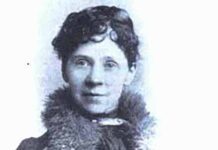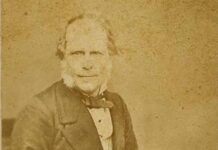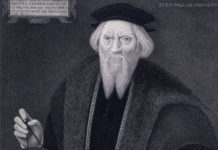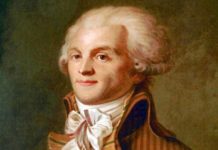Jesus said to him in reply, “Blessed are you, Simon son of Jonah. For flesh and blood has not revealed this to you, but my heavenly Father. And so I say to you, you are Peter, and upon this rock I will build my church, and the gates of the netherworld shall not prevail against it. I will give you the keys to the kingdom of heaven. Whatever you bind on earth shall be bound in heaven; and whatever you loose on earth shall be loosed in heaven.” (Matthew 16:17-19)
The first Pope of the Roman Catholic Church was a fisherman from Galilee. Married, and as detailed by Kirsch in “St. Peter, Prince of the Apostles”, perhaps a father, the Apostle Simon devoted his life to Christ. He was named by Christ as the head of His Church on earth, and called Peter, or rock. Kirsch also unravels some of the confusion in the English translations of Scripture. In Aramaic, Peter was called “Kipha” which translates to both “Peter” and “rock”. “Petros” is the Greek word for “rock”.
After Christ’s Ascension into Heaven, the Apostle Peter took over the leadership of all followers of Christ, traveling, preaching and performing numerous miracles. Kirsch details that in Jerusalem and nearby towns, citizens would take their sick and infirm into the streets when Peter passed, just so his shadow would fall on them and they might be healed. Peter was imprisoned for his teachings, and even sentenced with execution, and yet he was able to escape this fate, by means described by Kirsch as “miraculous”.
Continuing to spread Christ’s teachings, Peter took up residence in Antioch, a city in Syria. Kirsch further shows that Christianized Jews founded the Christian movement in Antioch, although Christianized “pagans” were also a part of the populace. During this period in history, Antioch was a hub of modern civilization and organized government. Peter founded the Church of Antioch before leaving, around A.D. 55.
From Antioch, Peter traveled to Rome and spent the end of his life there. According to Ray in “Upon This Rock: St. Peter and the Primacy of Rome in Scripture and the Early Church”, this part of history is well documented and indisputable, however, his activities there and the circumstances of his death have been questioned by Protestants. Of course, the Papacy and the foundation of the Catholic Church are built on these pieces of history. Kirsch shows that there is extensive evidence of the validity of reports, including letters penned by Bishops, Gnostic apocrypha and the Catholic apocryphal Acts of Sts. Peter and Paul.
In “Chronicle of the Popes”, Maxwell-Stuart says that Peter was put to death under the rule of Nero. He was crucified head downwards on Vatican Hill and, according to Kirsch, in what is now known as the Neronian Gardens of the Vatican. It is said that he chose to be crucified in this manner, because he did not feel worthy of dying as Christ did. He was buried at the foot of Vatican Hill, and the original Basilica was built over his burial place, hence, “St. Peter’s Basilica”. The actual year of his death has been questioned for accuracy, but most believe it was A.D. 67. He was later canonized as a Saint.
Thus the Papacy of the Catholic Church was established. St. Linus was St. Peter’s immediate successor as Bishop of Rome, the second in an unbroken Papal lineage, now totaling 265.
As outlined in a detailed article in the Catholic Digest, the whereabouts of St. Peter’s relics are a cause for controversy, with some suggesting that his sarcophagus has been lost entirely. The Vatican maintains that there is archaeological proof that the relics now beneath Plexiglas in St. Peter’s tomb beneath the Basilica may be his. In all likelihood, we will never know for sure.








